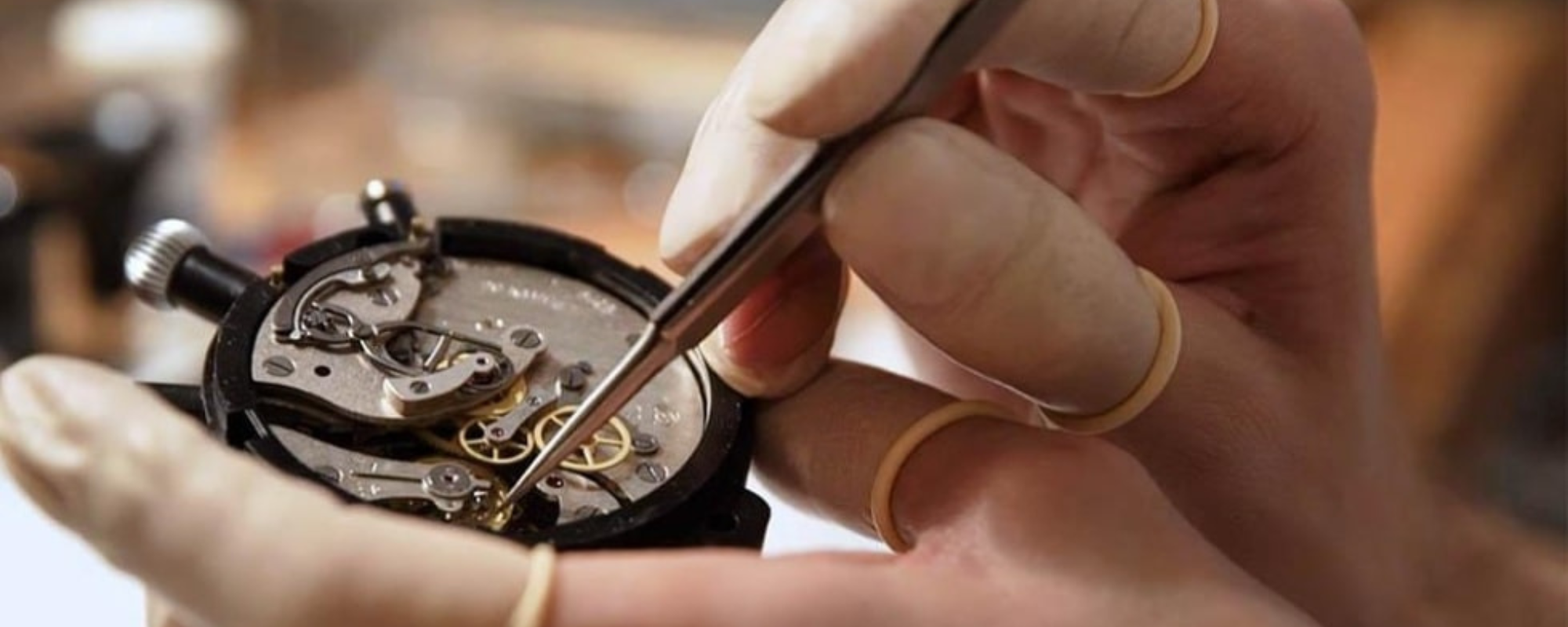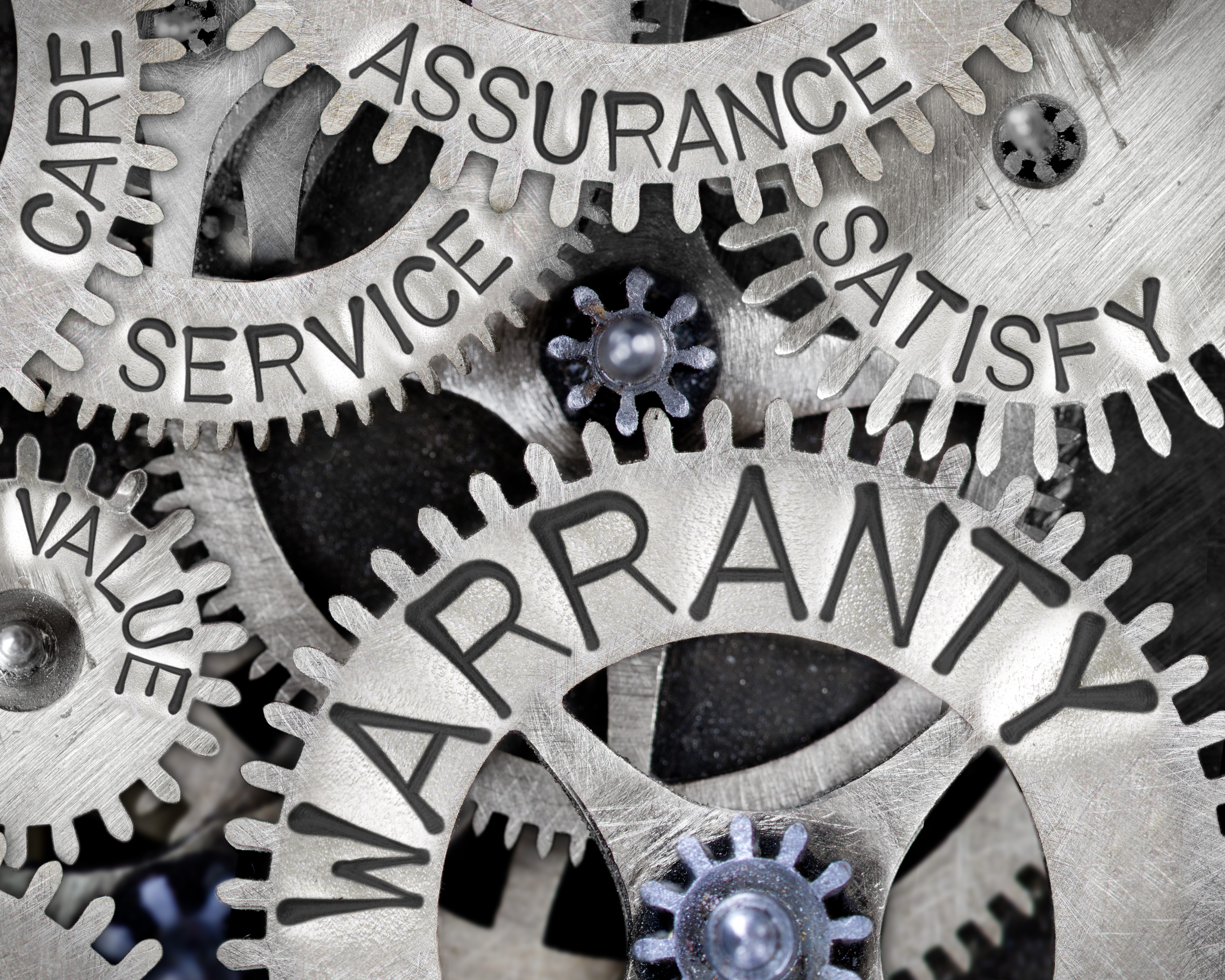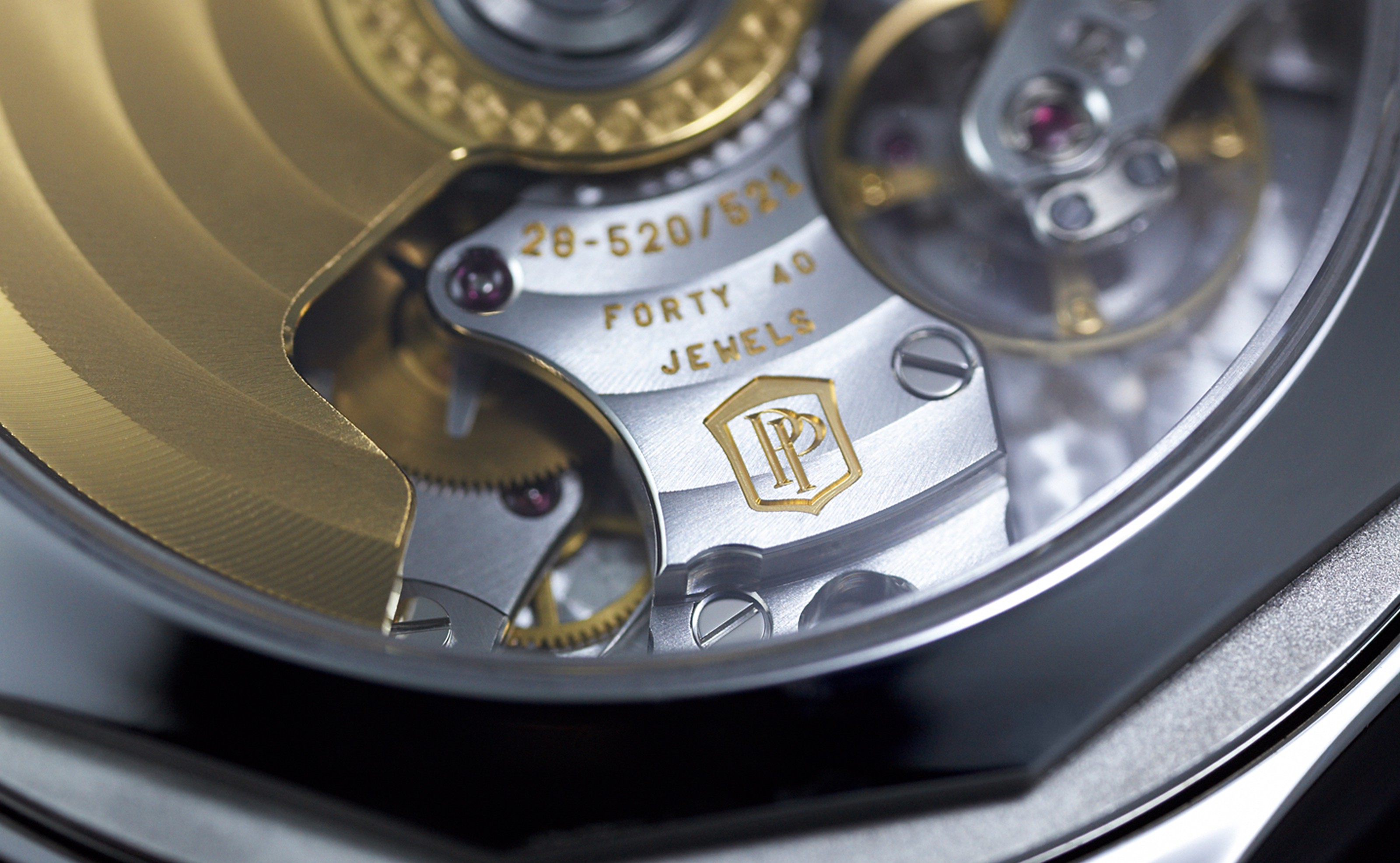A mechanical watch is such a complex mechanism that it's amazing to think these devices were invented centuries ago. For many fans of luxury Swiss brands, a timepiece with an in-house movement feels like a living being — sensitive to emotions and environmental influences 🕰️💫
Indeed, mechanical watches are vulnerable to:
sudden temperature changes 🌡️
environmental shifts 🌍
especially — magnetic storms 🧲🌪️
Magnetic fields are one of the most serious threats to mechanical watches. But clever watchmakers found a solution: they created antimagnetic watches, which allow you to wear them even in the harshest conditions 💪⚙️
🔍 What is Antimagnetism and What Does It Do in a Watch?
Let’s first understand what a magnetic field is.
➡️ It’s a specific type of matter formed around an electric current flowing through a wire 🔌
❗ However, we're not talking about Earth’s magnetic field 🌍, but about artificial magnetic and electromagnetic fieldswe’re surrounded by daily:
🧲 Common sources include:
airport and store security gates 🛫🛍️
magnetic bag clasps 👛
powerful speakers 🔊
household electronics 🧯🖥️
smartphones 📱
These magnetic sources can:
make your watch run fast ⏩
slow it down ⏪
or stop it entirely ⛔
📌 Pro tip: Don’t leave a mechanical watch near magnetic sources — even briefly!
⚠️ What Happens with Strong Magnetization?
❗ There are very strong magnetic fields that can irreversibly damage your watch.
🔧 Some components can become so magnetized that even demagnetization can’t fix them, leading to a permanent malfunction.
📌 Fun fact: Quartz watches are much more resistant:
just leave the magnetic zone
reset the time
and they’ll work fine again 🧼✅
🛠 How Did Watchmakers Solve the Magnetic Problem?
🤔 But what about those who work around strong magnetic fields daily?
🧠 That’s why watchmaking engineers created antimagnetic watches.
🏆 Who did it first?
🕰️ Swiss brand Vacheron Constantin took the first steps
Then came Charles-Auguste Paillard, who invented the first antimagnetic movement using palladium ⚙️
He designed:
a palladium balance spring 🧷
and a movement less affected by magnetic fields
📜 Historical Antimagnetic Watch Models
1933 🕰️
Tissot Antimagnetique — the world’s first mass-produced antimagnetic wristwatch
🆚 Later, IWC responded with their Mark 11, using the Faraday cage principle:
a soft metal shield around the movement 🧲🛡️
resistance up to 1000 gauss
💡 Drawback: the case size became bulky ⛔
🧪 Alloys That Changed Watchmaking
In the 1950s, engineers developed new antimagnetic alloys:
Glucydur — beryllium + copper + iron 🧱
Nivarox — titanium + chromium + nickel ⚙️
Invar — nickel + carbon + chromium 🧲
Later, they introduced:
Nivagauss — a non-magnetic material for the balance axis
➡️ The ultimate goal: build a completely non-magnetic movement
🎯 Brands like Omega spent decades on this challenge.
🚀 Omega’s Breakthrough: Caliber 8508
🔬 Omega created the world’s first:
co-axial antimagnetic movement
capable of withstanding up to 15,000 gauss 🧲🧠
⭐ This was the Seamaster Aqua Terra 15,000 Gauss
📌 Instead of steel, they used:
alternative alloys
amorphous metals
📏 ISO Standards
🔍 Today’s antimagnetic watches must meet the ISO 764 standard:
officially certified as antimagnetic ✅
🕵️♂️ Modern Antimagnetic Watches
⌚ Rolex Milgauss
Released in 1954
Relaunched in 2007 after a production break
Designed for scientists, including those at CERN 🧪
Alloy composition remains a trade secret 🔒
⌚ Omega Seamaster Aqua Terra
Fully antimagnetic movement
Tolerates up to 15,000 gauss
Originally built for naval commanders ⚓
📌 Omega reportedly didn’t have the tools to test fields beyond 15,000 gauss — it's not the watch’s limit!
✅ Conclusion
📎 Antimagnetic watches are:
ultra-precise mechanical marvels 🔧
protected from modern hazards 🛡️
essential for scientists, engineers, pilots, military officers, and collectors 🌍
➡️ Want a watch ready for the challenges of the modern world?
Choose an antimagnetic mechanical timepiece! 💯⌚



